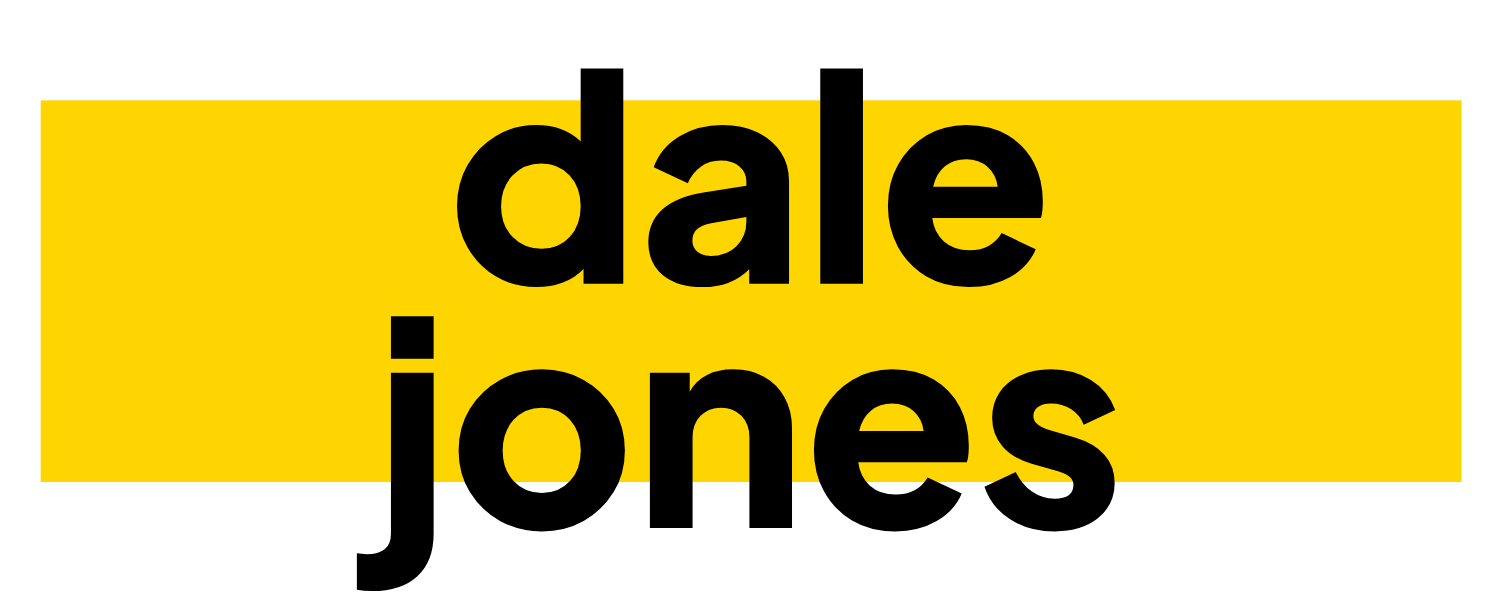Why Most Product Ideas Stall — And How to Keep Yours Moving
After nearly two decades designing and engineering hardware products across sectors like medtech, aerospace, defence, and consumer tech, I’ve seen a pattern: great ideas often stall. Not because the idea isn’t good. Not because the team isn’t talented. But because somewhere along the way, momentum slips.
This post explores why that happens, and how to keep your project moving forward with purpose, clarity, and confidence.
Why Product Ideas Stall (Even the Great Ones)
Here are the most common reasons I see hardware projects stall:
Unclear product definition You can’t hit a target you can’t see. Without a clear understanding of what the product needs to do and who it’s for, teams tend to wander in circles. The book Design Sprint recommends a dedicated 'Problem Framing' workshop at the very start of a project — to make sure everyone agrees on the problem before investing time, money, or effort into the solution. It’s a step that’s often skipped, but one that can save months of rework and £££'s in wasted spend later.
Over-investment in polish before proof Spending weeks or months perfecting the CAD model or industrial design before validating the fundamentals can burn time and budget without actually reducing risk. I often see companies dedicate huge amounts of effort to researching or, worse, second-guessing what their customer might want. They create countless schemes of stunning visuals and hyper-realistic renders that amount to little more than vapourware — only to discover they’ve missed the mark on the fundamentals of the problem. Focus first on learning, not impressing.
Lack of real-world feedback Building without testing against real user needs, manufacturing constraints, or system-level interactions creates blind spots that only surface too late.
Communication breakdowns Engineering, design, marketing, and leadership can each have different views of the problem. Misalignment often means wasted work and slow decision-making.
Perfectionism over progress Projects often get stuck in endless iteration, waiting for everything to be "just right". Meanwhile, time-to-market slips and teams lose confidence. Engineers — myself included — are often the worst offenders here. We're always chasing that extra 5% in performance, usability, or elegance. But sometimes, we need to remind ourselves of the scope we’re aiming to meet. Anything beyond that is often waste. Products don’t need to last forever — they just need to be good enough for their intended application without compromising on function or safety.
The Mindset That Keeps Projects Moving
Progress in hardware isn’t about heroics — it’s about rhythm. The best teams I’ve worked with embrace a mindset of:
Test early, test often — every stage should answer a question
Build to learn — use prototypes to validate, not just impress
Prioritise clarity over certainty — you won’t have all the answers, but you can reduce unknowns. All projects carry inherent risk — the team’s job is to minimise the downside by identifying and eliminating the showstoppers early.
Share often, ship progress — transparency builds trust and helps surface risks early, but with caution. As they say, "hardware is hard" — a phrase widely attributed to Ben Einstein of Bolt. Unlike software, hardware doesn’t benefit from over-the-air fixes or quick patches. Once shipped, mistakes can be costly — or fatal, as seen in recent cases like Humane AI and Rabbit. I believe in sharing progress through controlled product teasers, but releasing to market must be measured and deliberate. Early errors need to be caught while they’re still manageable — before they become irreversible.
That said, we shouldn’t let the fact that 'hardware is hard' put us off doing hard things. It's often because something is hard that it's worth doing. If everyone else is avoiding it, the fact that you're doing it — and doing it well — can be a huge differentiator. In many cases, it becomes your competitive moat. Difficulty, when embraced with discipline, can be an asset, not a weakness.
A Framework for Forward Momentum
Here’s how I help clients keep their projects moving:
Start with the problem, not the product Make sure the whole team is aligned on what you’re solving and why it matters. As Simon Sinek outlines in his excellent book Start with Why, purpose drives clarity. Knowing why the problem matters keeps everyone focused — not just on what you're building, but on why it needs to exist in the first place.
Break the challenge into chunks Don’t try to design the whole thing at once. Work in layers — form, function, cost, and scale can evolve.
Use fast, low-fidelity validation loops Sketch > visualise > simulate > build > test > learn. Repeat. This builds evidence and confidence while reducing costly surprises down the line.
Create structure, not just plans A lightweight development structure (e.g. gated reviews, decision trees, documented assumptions) helps guide the process without bogging it down.
Know when to pause and when to push Momentum isn’t just speed — it’s direction. Sometimes stopping to regroup is forward motion.
Final Thoughts
Too many promising products stall not because they lack vision, but because they lack rhythm. It’s easier to steer a moving idea than push a perfect one from a standstill.
If your team has a product idea that’s lost momentum, maybe what you need isn’t more thinking — it’s the right kind of motion.
Let’s Talk If you’re working on a product and want an experienced eye to help spot the next step, I’m here to help. I offer project reviews, one-off consulting, and hands-on development support. Get in touch here.
Want to see how I apply this in practice? Head over to my portfolio for a brief insight into my product development process — with a few examples of tangible products built on the back of this approach.



